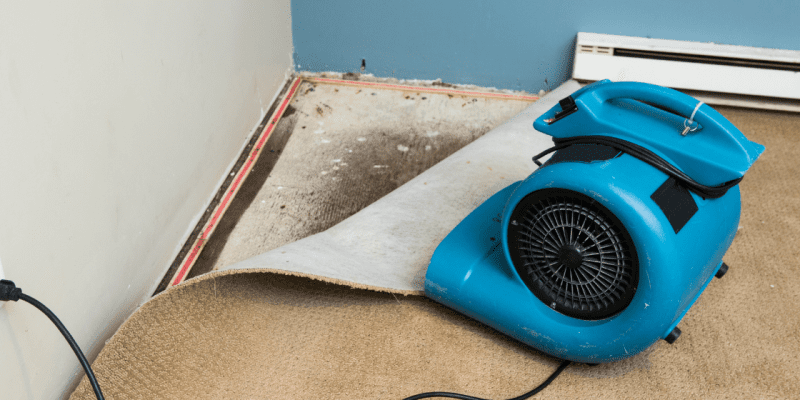Whether you’re the victim of a broken water line or hurricane flooding, water in the basement always means big problems. Once the source is contained, drying the basement as quickly as possible is essential for your health and safety. Pumping out the basement is “simple physics” but there are considerations. Should you rent some equipment from construction rental or hardware store? Or should you contact a water removal service to pump out the residual?
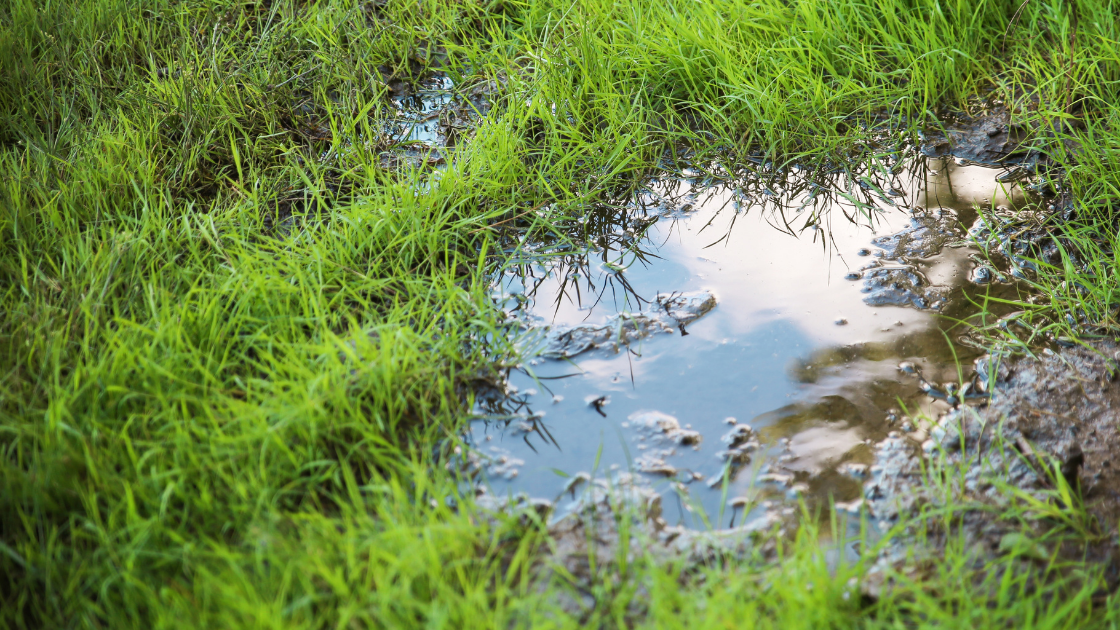
Before Pumping Floodwater
Wait until exterior floodwaters recede; if water is puddling in your yard around your home’s foundation, it’s too soon to pump. Shut off electricity to the house if it’s still on and keep children and animals away from the basement. Be aware of dangers floating or submerged in the murky water.
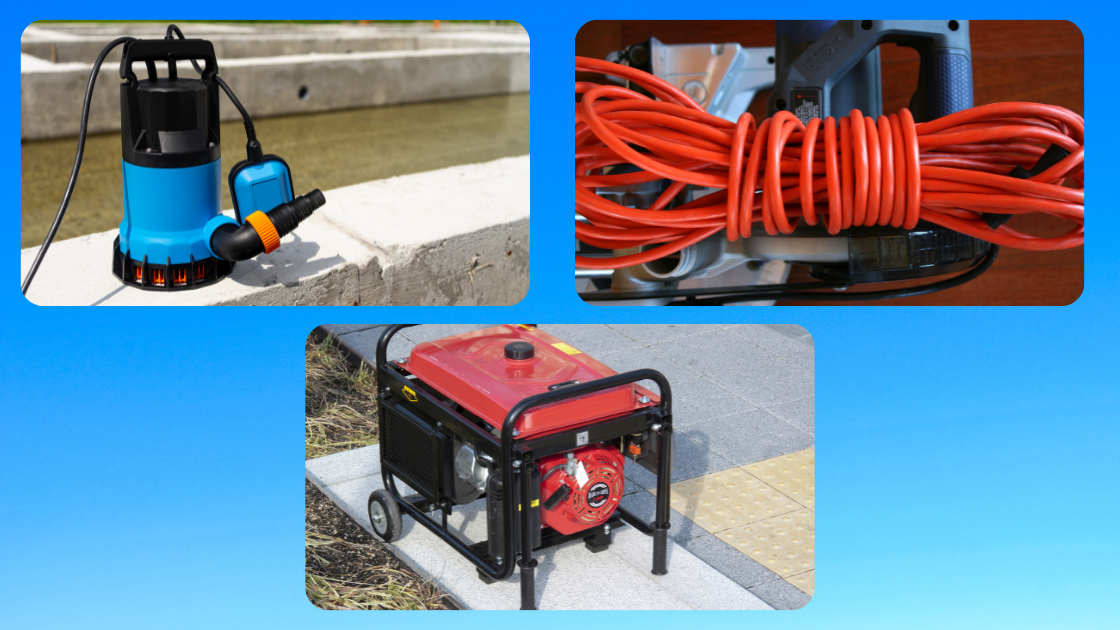
Equipment
A submersible pump is necessary for removing the water. The pump is encased in a waterproof shell and features a sealed electrical cord and a fitting that connects to a regular garden hose (or a larger diameter sump hose ) The larger the hose, the more quickly the pump will remove the liquid. In addition to the pump and a hose, you’ll need a heavy-duty extension cord and a generator to run the pump. A nylon rope is necessary for lowering the pump if the water is more than a few feet deep.
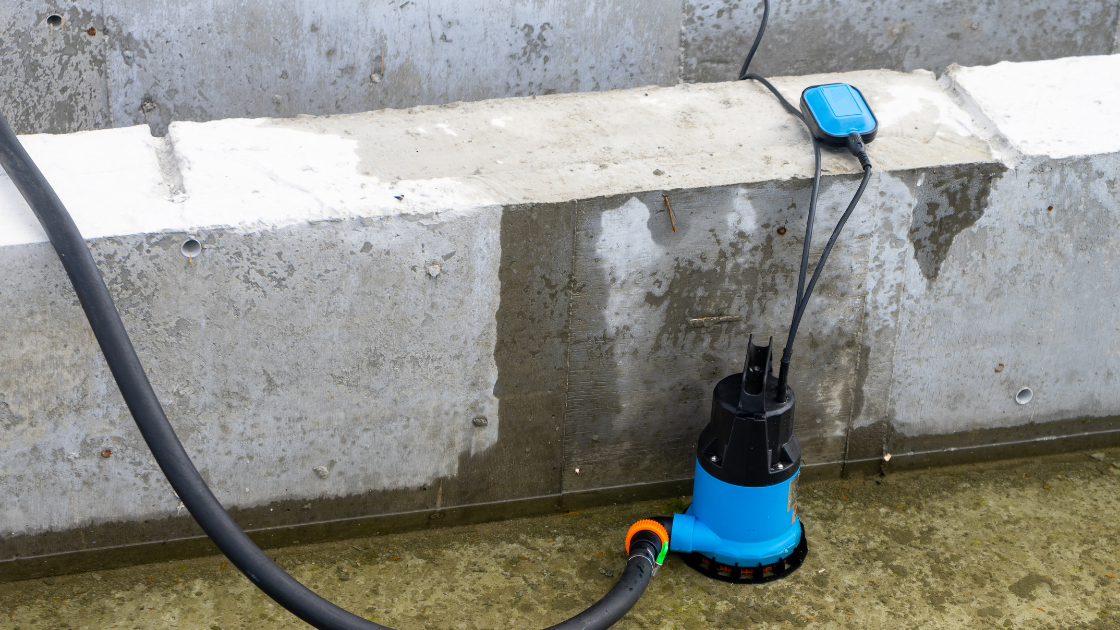
Setting Up the Pump
The water restoration team can attach the extension cord to the pump cord before putting the pump in the basement. After securing the connection, they will attach the sump hose to the fitting on the top of the pump and lower the pump into the basement, using a rope. Once in place, the generator will start the pump. You can speed the removal process by running two or more pumps at the same time. As the water level lowers to a few inches, the pump might be repositioned in the basement to remove all the water.
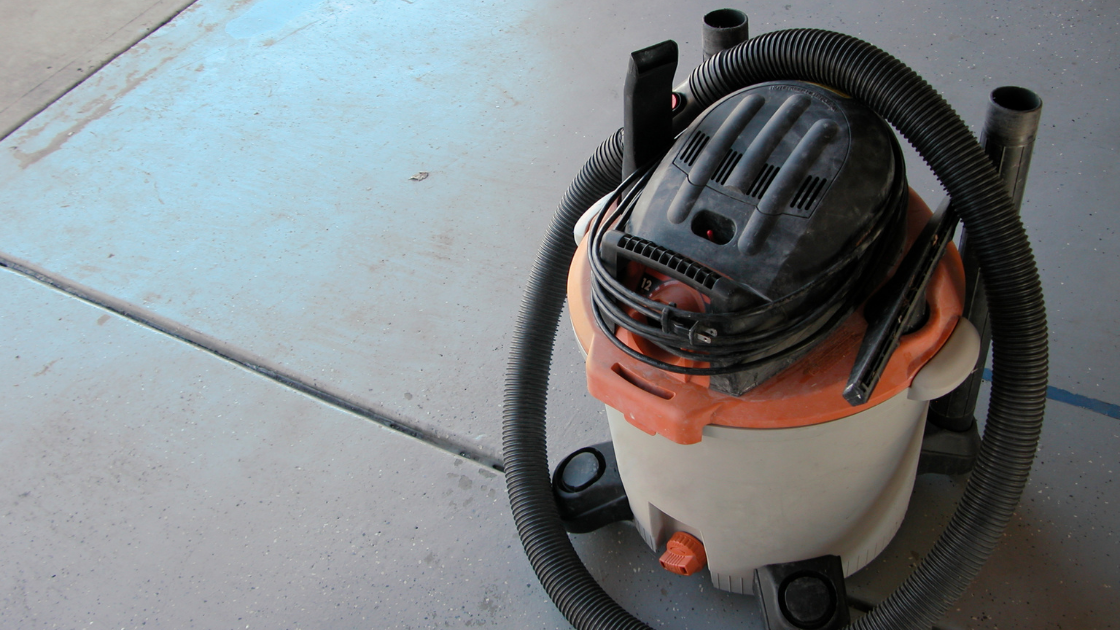
Wet/Dry Vacuum for Small Problems
If the water problem is limited to a small area and is less than 1-inch deep, you might be able to pump out the water yourself with a wet/dry vacuum. Wet/dry vacuums work well, but they draw the water into a tank, which holds about 4 to 5 gallons of water. Each time the tank is full, you must carry it upstairs or to a basement drain and dump it. For anything more than very small water problems, this can quickly become labor-intensive. Be vigilant about drying ups drips on the stairs, they will be very slippery.
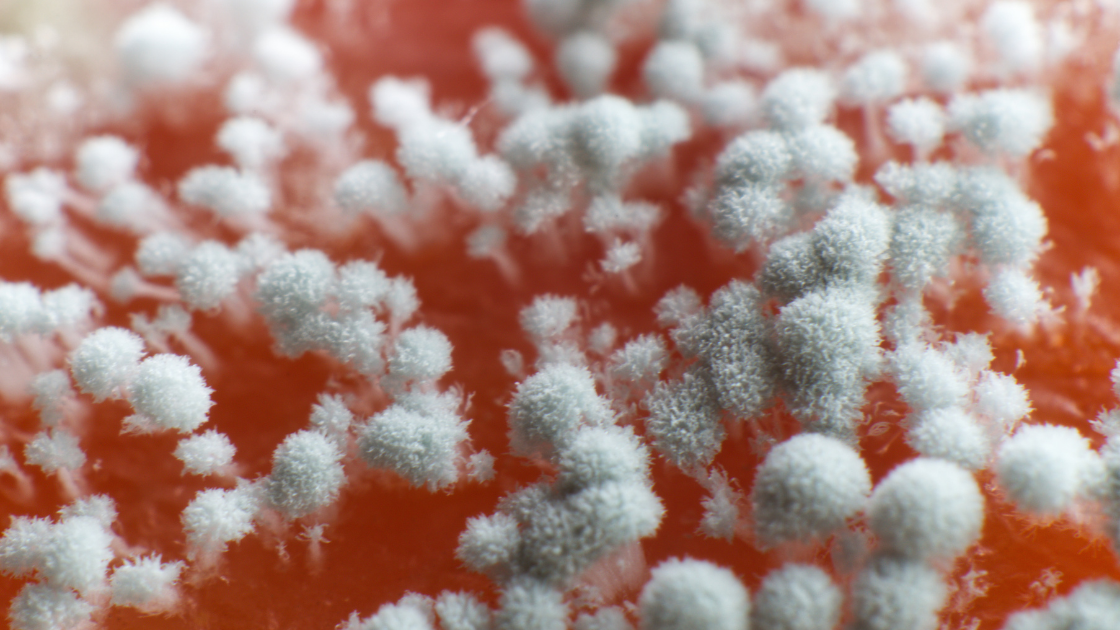
Germs, Mold or Mildew Considerations
The general rule is that you should replace anything porous if it was saturated with water to prevent the risk of mold growth; drywall paneling, cushions, and carpeting. For walls, remove drywall paneling and let the wood framing dry completely before installing new drywall. Running a dehumidifier can speed the drying process to reduce mold risk (which start to grow within 24 hours.)

Water Damage Restoration Services
With more than twenty years of involvement in the disaster clean-up industry, Regency DRT has the experience and the knowledge to handle every type of water damage that may occur to your property; hundreds of clients’ residential, industrial, and commercial properties have been helped. Regency DRT is a full-service property restoration company including water extraction and pump outs, complete structural drying, dehumidification, mold and sewage remediation, and off-site personal property cleaning. The team of certified technicians is on-call 24/7 and will respond quickly no matter when disaster strikes. It is critical it is that cleanup begins as soon as possible to limit the damage to your property so call (888) 354-2447.
Contact Us
Call or submit our online form to request an estimate or for general questions about our services. We look forward to serving you!

